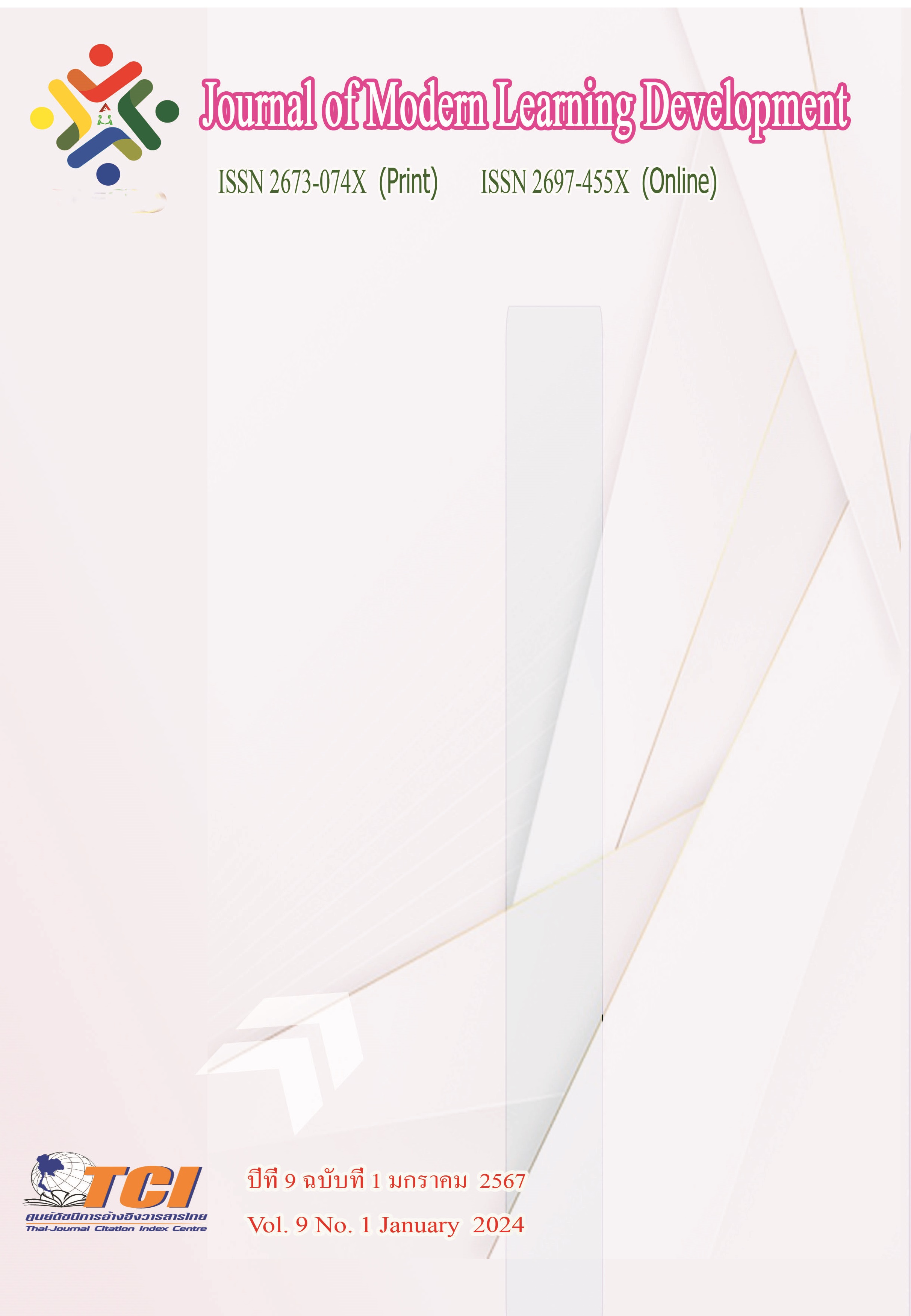Advance Management Standard Mechanism of Meizhou Art Museums for Learning City
Main Article Content
Abstract
As a gathering place for Hakka people worldwide, the art museums in Meizhou are mostly filled with the unique customs of the Hakka people. Meizhou is located in mountainous areas. The remote terrain helps to resist foreign invasion, but it affects the process of business and learning for people in Meizhou area. This article will be rooted in the regional culture of Meizhou, Guangdong. Using the principles and relevant theories and methods of museum science, innovative design and research will be conducted on the management mechanism of art museums in Meizhou, optimizing the management mechanism of museums in the region, integrating local cultural heritage into the application of disciplines, and promoting the reform of existing exhibition and educational activities. While improving the experience of visitors, it will ensure that the functionality of art museums is maximized, Realize the scientific, healthy, and sustainable development of art museums in Meizhou region.
Article Details
References
Bhatnagar, Anupama. (1999). Museum, Museology and New Museology. India, 79-87
Compilation group of educational chronicles of Meixian County, Guangdong Province. (1990). Meixian education annals. Meizhou.
Cao Yiqiang.(2020).CHINA ACADEMY OF ART PRESS.Hangzhou. Davison Chiwara.Fostering Human Rights and Empowering Communities through Art and Education: The Case of the National Gallery of Zimbabwe.Museum International.Nanjing. 129-157
Cai qin. (2021). Revisit Reconstruction and Reinterpretation:How Permanent Exhibition in Regional Museum Tell Local History. Museum Management. Beijing. 5-12.
Hao Keming. (2017). Learning Cities: The Main Front for Driving China's Construction of a Learning Society. Research on Lifelong Education, 73-79
Luo Xianglin. (1950). Introduction to Hakka Studies, Guangdong.
Lu Xin. (2008). Introduction to Chinese Art Museum. Shanghai.
Liu Chaoying. (2021). ANNUAL REPORT ON THE DEVELOPMENT OF BEIJING MUSEUMS (2019~2020). Beijing.
Mamadou KANE. (1982). Cultural identity: a historical perspective. Online. https://unesdoc. unesco.org/ark:/48223/pf0000053835?7=null&queryId=6de44ca1-0ff3-46ad-a9d1-68c7a0cbbf5b .Mexico.
Marta Coelho Valente. (2018). The Museum and the Landscape: The Educational Proposals of the Douro Museum. Museum International. Nanjing. 136-142
Peter Vergo. (1989). The New Museology. London UK.
Qian Yihui,Yuan Guangkuo,Zhao Gushan and Wu Shizhou. (2021). REPORT ON THE MUSEUM DEVELOPMENT IN CHINA. Beijing.
UNESCO. (1982). "Mexico City Declaration on Cultural Policies. Online. "https://unesdoc. unesco.org/ark:/48223/pf0000054668?2=null&queryId=45bb8f6f-94ba-4ba3-9ff6-a89d5252439b,World Conference on Cultural Policies.
Wang Chunfa. (2018). Report of Chinese Museum Developmen Research(2018). Beijing.
Zhong Guanlu. (1964). Memories of several waves in Meixian middle school, Guangdong literature and history materials. 17,140.


